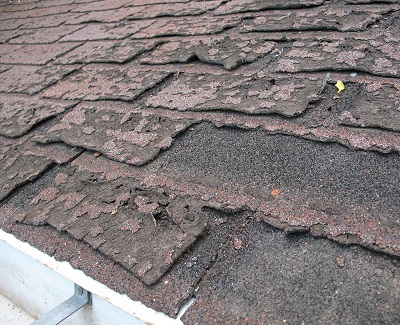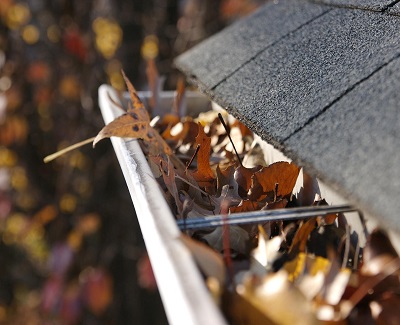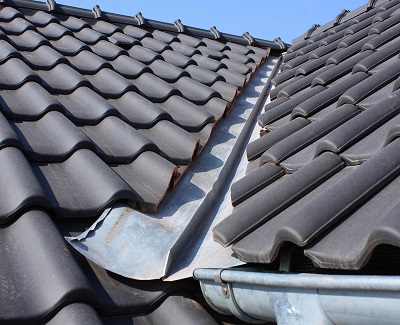How Water Can Get Through Your Roof
Water damage is a destructive problem that you don’t want to deal with, manifesting in your home through leaks. To stop this from happening, it is important to learn about the situations and issues that may cause those leaks.
Damaged or Loose Shingles
One of the most common sources of roof leaks, damaged and missing shingles, can expose the lower layer of the roof to the elements. Water can then seep through the spaces left uncovered and find its way into your home. If your roof is more than 15 years old or has been subjected to severe weather, it should be inspected to check if any shingles need to be repaired or replaced.

Nails That Have Backed Out
Roof and nails can back out after being exposed to severe weather, like strong winds and rain, cutting through the top shingle and leaving a small hole. Though the opening is small, this small hole is still big enough to let water through, especially when left unattended for a long time. Catching backed-out nails early can prevent more serious problems down the line.
Compromised Flashing
Flashing are thin pieces of metal installed under shingles and roof joints. As they seal gaps in the roofing material, they create a water-resistant barrier that prevents moisture from seeping through the gaps. If they are not installed properly or have become damaged, water will be able to easily enter through the gaps.
Clogged and Damaged Gutters
Do you see leaves sticking out of your gutters? Do you notice the lack of water flowing into your downspouts when it rains? Diagnosis: your gutters are clogged. If water can’t properly flow, it will overflow, getting into areas it shouldn’t. This leads to moisture damage that can affect both the appearance and structural integrity of your home.

Cracked Vent Booting
Plumbing vents typically protrude through the roof but have to be properly sealed and enclosed by a rubber boot. Rubber can become brittle after repeated exposure to the elements, cracking and breaking after some time. When a rubber boot’s seal breaks, water has the opportunity to enter your home.
Improperly Installed Skylights
Skylights can add beauty and let in natural light to your home, but when not installed properly skylights can cause a lot of problems. As they will result in gaps in the roofing material, skylights can lead to leaks when not properly sealed.
Improperly Sealed Valleys
Valleys are areas where two roof planes come together. As the planes slope, they direct water into valleys, making them prone to leaks. Because they are where water is directed when it rains, valleys have to be properly sealed. This will prevent water from getting into the roof and causing moisture damage.

Deterioration is unavoidable but you can prevent roofing problems from worsening and leading to leaks by scheduling regular roofing inspections. You can have your roof inspected once or twice in a year, but make sure you give your local roofing contractor a call after severe weather hits your area.
Concerned about your roof? Contact us below for an estimate!
